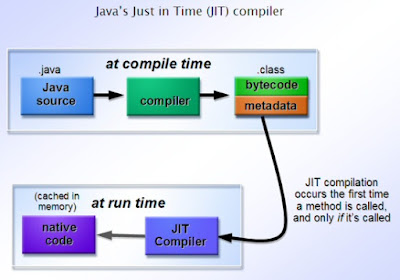Facebook Login Integration

In the good old days users logged in by using the combination of username and password. Although nowadays some people still prefer the traditional way, a growing number of users want to sign in by using their social media accounts. But it’s getting rare and even a bit annoying when a service rolls up its own authentication mechanism instead of relying on a OAuth sign-on with our social networks. Login via social networks means fewer passwords to remember, and stronger guarantees in terms of security because you can check and control the Authorizations of the applications you use. To Integrate Facebook Login in your application First You need to to create a web application in Facebook. After logging in to https://developers.facebook.com/ under Apps menu click “Create a New App” Facebook Application Settings We need to specify the application callback url in the FB settings. This will be used by the FB server on authentication to hand back control...

